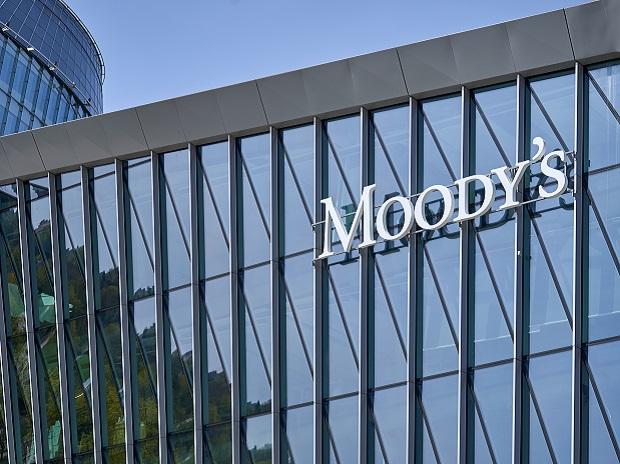[ad_1]
Rating agency Moody’s on Friday slashed India’s gross domestic product (GDP) growth projections for 2022 calendar year to 7 per cent from 7.7 per cent estimated earlier citing global slowdown, elevated inflation, and rising domestic interest rates as dampeners for growth momentum in India.
The agency expects India’s growth to further decelerate to 4.8 per cent in 2023 and then to rise to around 6.4 per cent in 2024.
The rating agency said rupee weakening and high oil prices that have exerted upward pressure on inflation have resulted in downward revision to India’s growth forecasts. “We expect the RBI to raise the repo rate by another 50 basis points (bps) or so as part of its objective to anchor inflation expectations and support the exchange rate. Eventually, the RBI will likely shift from inflation management to growth considerations, provided that the rate increases have the desired effect of taming inflationary pressures,” it said.
Between May and September, the RBI raised the repo rate by a cumulative 190 bps to 5.9 per cent in an effort to contain inflation risks. The monetary policy committee of the RBI is scheduled to meet again next month.
Moody’s, however, said several mitigating factors will support growth in large emerging market economies. “First, domestic pent-up demand will continue to support reopening momentum. Services activity has rebounded strongly in countries, including Brazil, Mexico, India, and South Africa. With demand in G-7 countries weakening, large domestically driven emerging economies, such as India and Brazil, will likely be less vulnerable to slowing trade growth than will export-oriented countries. India and Mexico, will likely see their export base and composition widen because of “China +1” diversification,” it added.
The rating agency said India’s underlying growth dynamics are fundamentally strong, boosted by a rebound in services activity. “Government capital expenditure and manufacturing capacity utilisation have also improved. September exports are down from the peak in March, but they are still around 30 per cent above the pre-pandemic level. Non-food credit growth shows solid momentum,” it said.
The report said the private sector, having deleveraged after the RBI’s Asset Quality Review in 2015, is now well-positioned to increase capex spending. “The production-linked incentive scheme to attract investment in 14 key manufacturing sectors is showing results. While these domestic strengths will continue to support the domestic growth narrative, global financial tightening and slowing external demand will pose downward pressure on growth in 2023,” it cautioned.

[ad_2]
Source link



